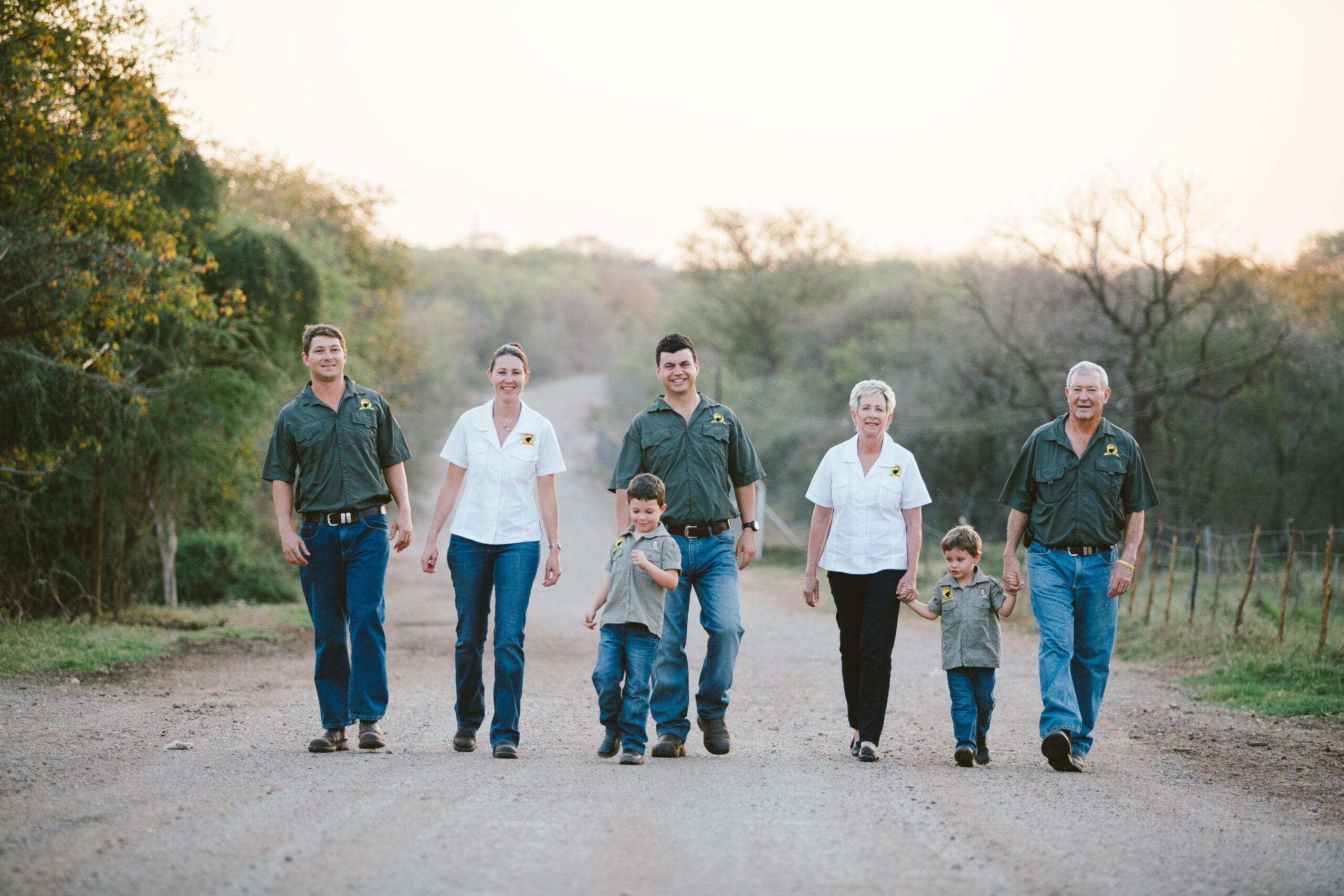Piet Warren, game rancher from Gravelotte in Limpopo, is slowly but surely getting rid of his assets with the aim of emigrating to Australia.
Piet (75) and his wife Christine have been game and cattle ranching on the farm Josephine for 39 years. Their children Zoi and John and their families are living and farming in Australia.
Childhood on the farm
Piet’s father, known as Uncle John, leased Josephine during the Thirties for twelve pounds per year while working at the Murchison antimony mine a few kilometres from the farm. “My father spoke English to everybody, but they addressed him in Afrikaans,” says Piet, who was born on the mine.
In those years, the area along the Kruger National Park in the far northern part of South Africa was sparsely populated because of endemic malaria, which kept humans away. Rinderpest devastated cattle and game alike for the first time in 1896. “Nobody wanted the land,” says Piet. “If your land was overgrazed or destroyed by fire, you simply leased another farm.”
When Piet was four years old, his father resigned from the mine with the aim of farming full-time on Josephine. By 1958, he owned two farms and mainly farmed Afrikaner cattle.
Piet attended the Brits Agricultural High School, before matriculating at Merensky High School near Tzaneen, which was much closer to the farm.
He then joined his father on Josephine. He met Christine, who was teaching in Phalaborwa, and they got married in 1977.
Sable antelope
The drought that ravaged farms in this area during the Sixties was difficult, as there were no grazing and cattle numbers dwindled. “The financial impact of the drought had astronomic results which impacted everybody’s living order and standard.”
His father was one of the first farmers to import Brahman cattle from America, and because these animals adopted well to the conditions, things lightened up.
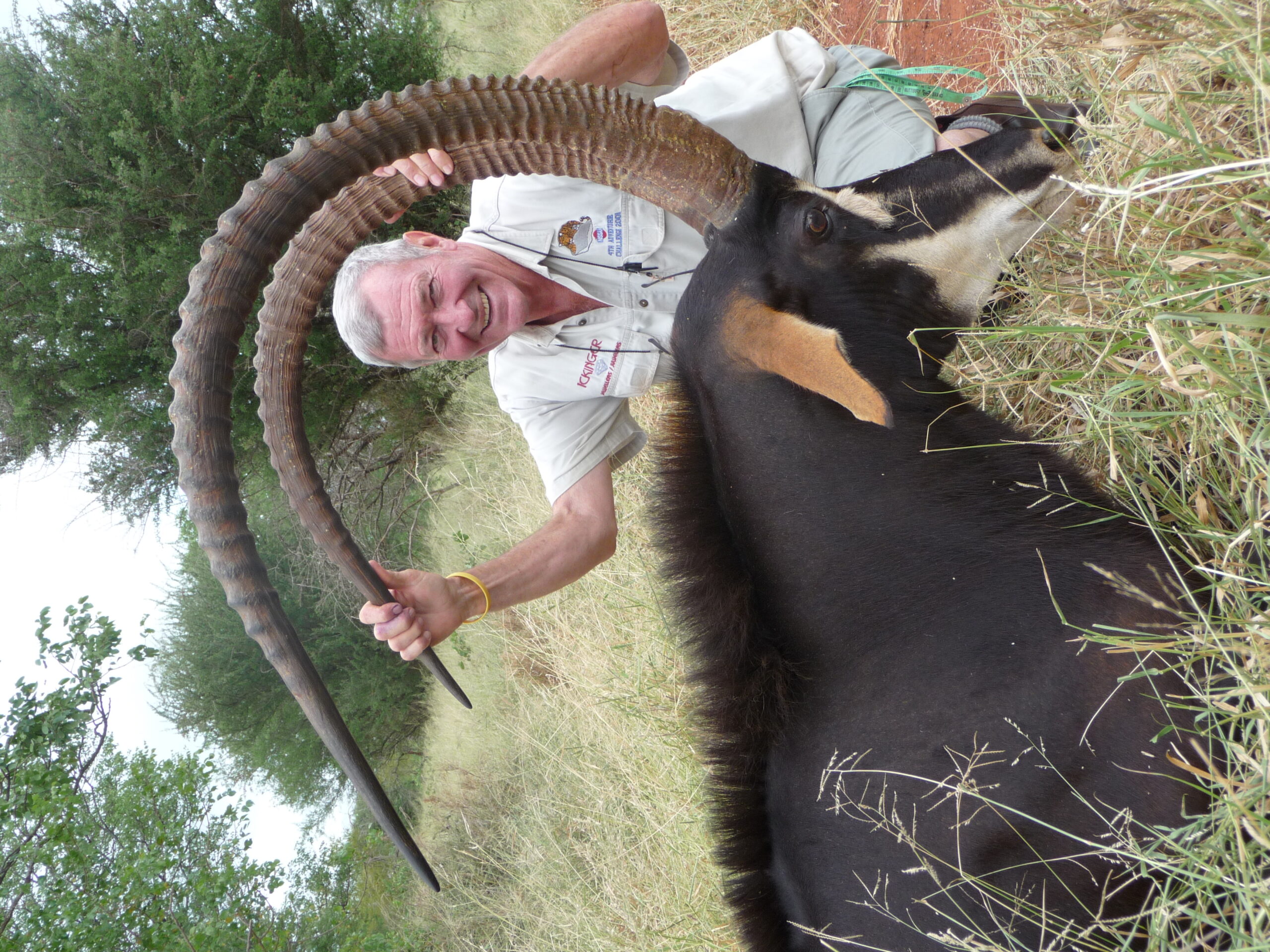
The drought, but especially hunting in winter, drastically reduced the number of sable antelope that naturally occurred here. The state tried to save the animals from extinction, but during the Nineties there were only 417 left of the approximately 30 000 recorded in the Gravelotte area during the Thirties.
Because hunting sables with longer horns provided a good income, Piet allowed the bulls to be hunted. As soon as he realised that this approach was not working and that he was losing out, he carefully observed his herd and changed his management plan. He started buying carefully selected exceptional bulls for breeding purposes from far and wide. The bull Piet, with horns of 53+” when sold, was the highlight of his intensive breeding programme in smaller camps and with additional feed.
Piet is well-known for this pioneering work regarding the breeding and development of sable antelope, which took years of research and intensive breeding.
“Trophy hunting was unknown during the Fifties and Sixties and game animals had no value. We shot game for domestic use and rations.”
When legislation changed and game on fenced farms became private property, trophy hunting added value. “Our first sable bull was shot by an American for the enormous amount of R1000, then the equivalent of the price of five cattle.
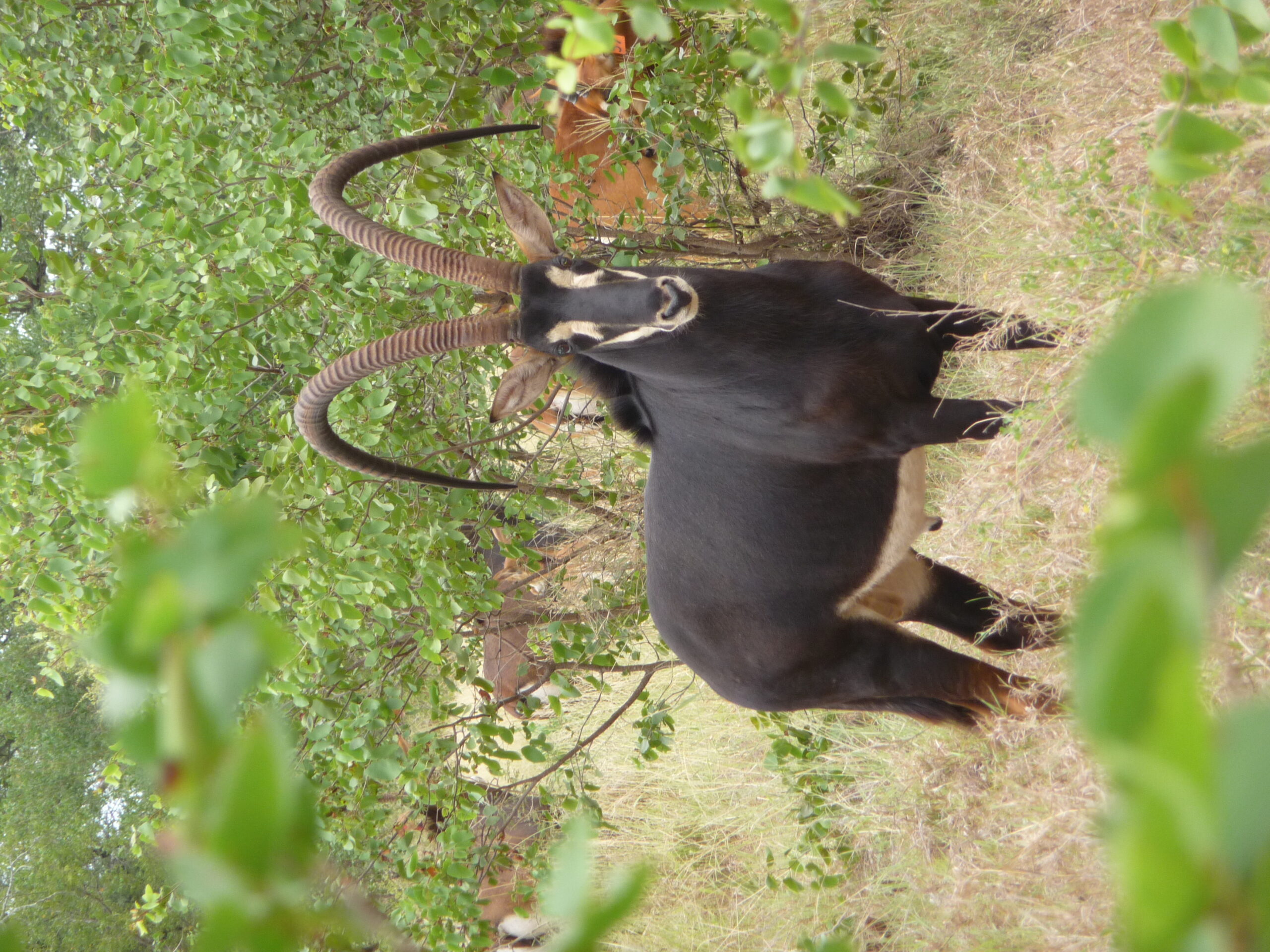
“This led to research about habitat, numbers, feeding and grazing needs, and especially horn size, as trophy hunters offered a lot of money for longer horns.
“This research culminated in the horns of the average huntable sable bull developing from 37” to the present 47”, and with the horns of exceptional breeding bulls being considerably more than 50+”.”
For this advancement of sable genetics, Wildlife Ranching South Africa (WRSA) awarded Piet with the President’s award. “I regard this award as the biggest recognition I have ever received in my life.”
Rhino
Piet is also recognised as one of the biggest rhino farmers in the country.
He has a different approach to rhinos. “After four visits to China, I realised that they attach an incredibly traditional value to rhino horn, hence the present price of raw (unrefined) horn of R400 000 per kilogram.
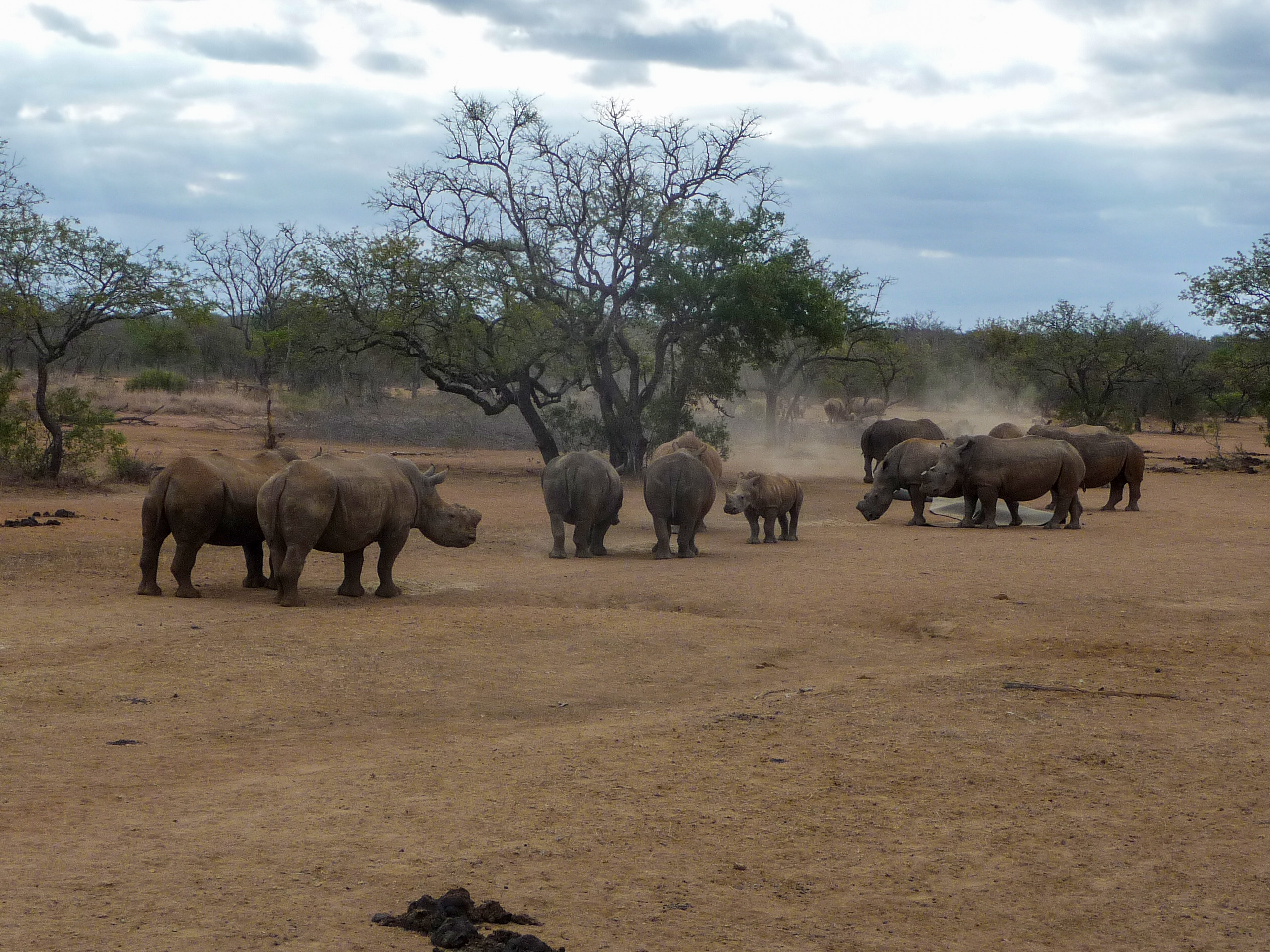
“A dead rhino is worth much more than a living one. That means the survival of rhinos depends on one of two approaches:
- Trade in rhino horn is legalised and the value of live rhinos increases tenfold, or
- The present order is maintained, and the rhinos will face extinction. Kruger Park’s statistics show that it will have no white rhinos left by 2024.
The present situation affirmed Piet’s resolve to emigrate. “I don’t plan to sell all my property immediately and will still be involved in rhino farming for some time to come.”
Foot and mouth disease
Foot and mouth disease (FMD) has played an important role in his decision-making through the years. “After the FMD outbreak during the mid-Seventies, we started a butchery and Christine stopped teaching. After the most recent FMD catastrophe, we sold the farm Josephine, where we have been living for the past 39 years.”
That outbreak and the consequent ban on the movement of cattle seriously affected his feedlots. “The ban lasted six months before we could market again. I realised that cattle farming in the immediate vicinity of Kruger Park, where my farms are situated, is most definitely not viable in the long term.
“The 116 outbreaks and bans proved me 100% right. Without proper management with inoculations and disciplined veterinary action, cattle farming will become more difficult and challenging.”
Plans
Piet and Christine plan to move to Australia where their children Zoi and John have been living and farming for several years. “Zoi has been there for 22 years and John for 17 years. They studied there and never returned to South Africa.”
“Both our children are established in Australia, where they farm. It makes sense to emigrate there. Christine is much younger than I am, and she would like to be with the children and grandchildren.
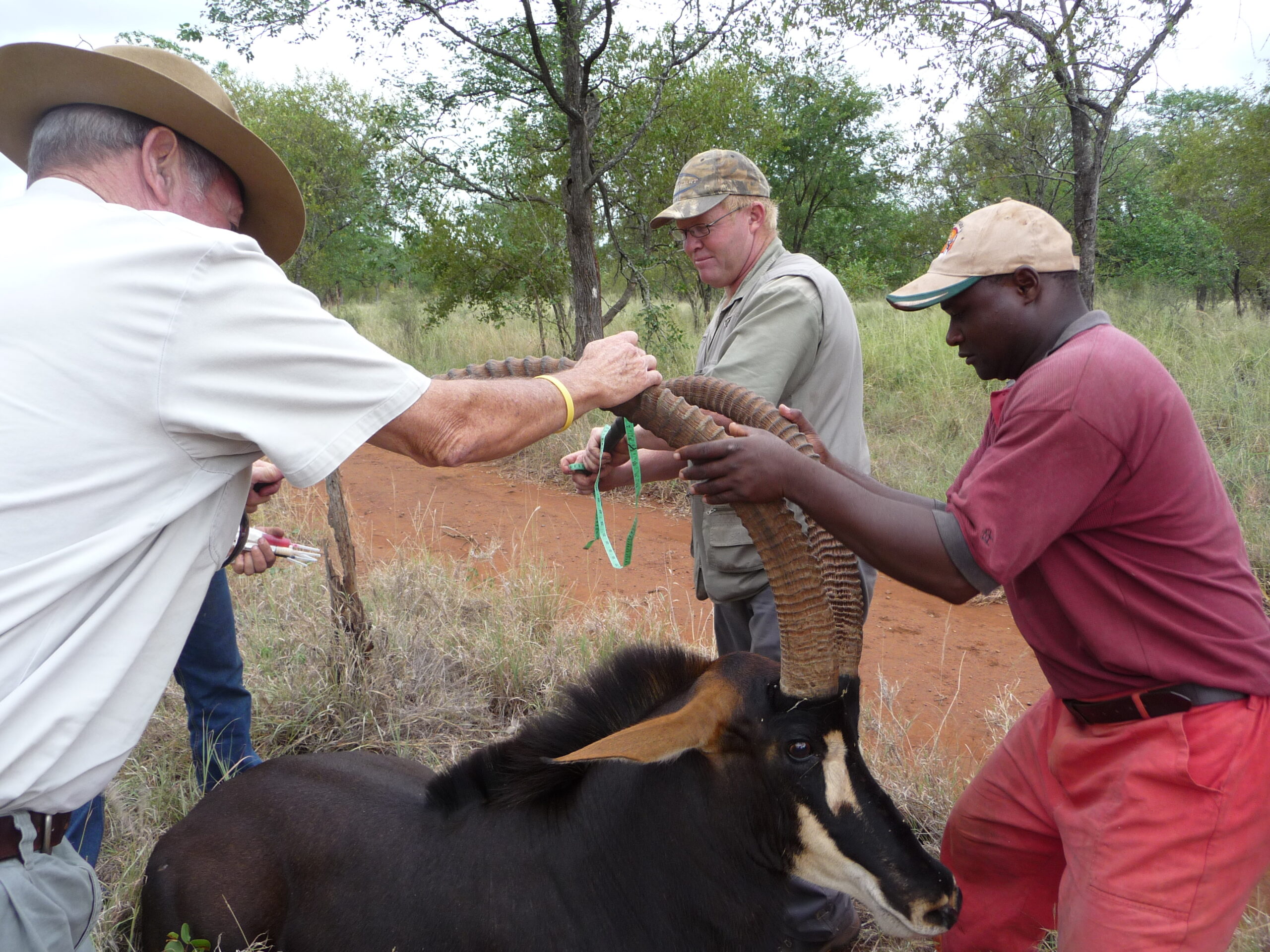
Like his father, the word ‘past’ does not form part of Piet’s vocabulary. “We are always busy with the future, and have little to do with the past,” he is quoted in the book Master Game Ranchers of South Africa: Passion and Power.
“The past is defined by sentences beginning with ‘if’ and ‘should have’,” says Piet. “Both answers are always negative and worthless. The most important reason for moving (to Australia) is the fact that the children and grandchildren are already established there, and we have transferred some money over the years.”
They plan to buy land some four kilometres from where Zoi and her husband are farming. “They have an established sheep feedlot and I believe there will be enough work to keep me busy.”
He is also not completely severing ties with South Africa. “The word ‘farewell’ is not completely correct. I cannot imagine an elderly South African being able to bid farewell to his country.”
Future of game farming
“Since privately owned game advances hunting and game ranching, there should be a bright future for the game industry in South Africa. With 56 million registered game hunters worldwide, their future is indeed positive.
“Despite the present negativity towards hunting, I believe that excellent genetics and the present breeding policy will ensure that bigger game animals and longer horns will always be in demand.
“I doubt if the world will be able to totally stop hunting to abide with the Greenies’ demand. The fact that the horn length of game species keeps increasing is proof of this statement …”
Reference
Steyn, T., Van Zyl, P. (2017) Master game ranchers of South Africa: Passion and Power. JLO Publishing

